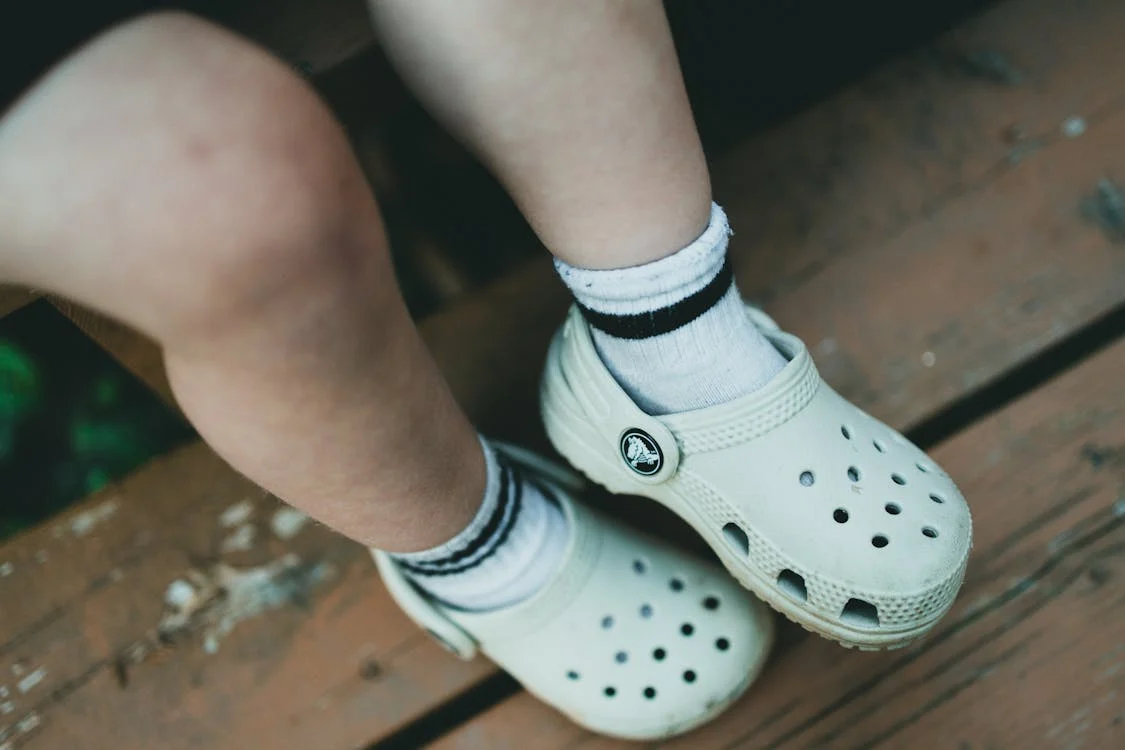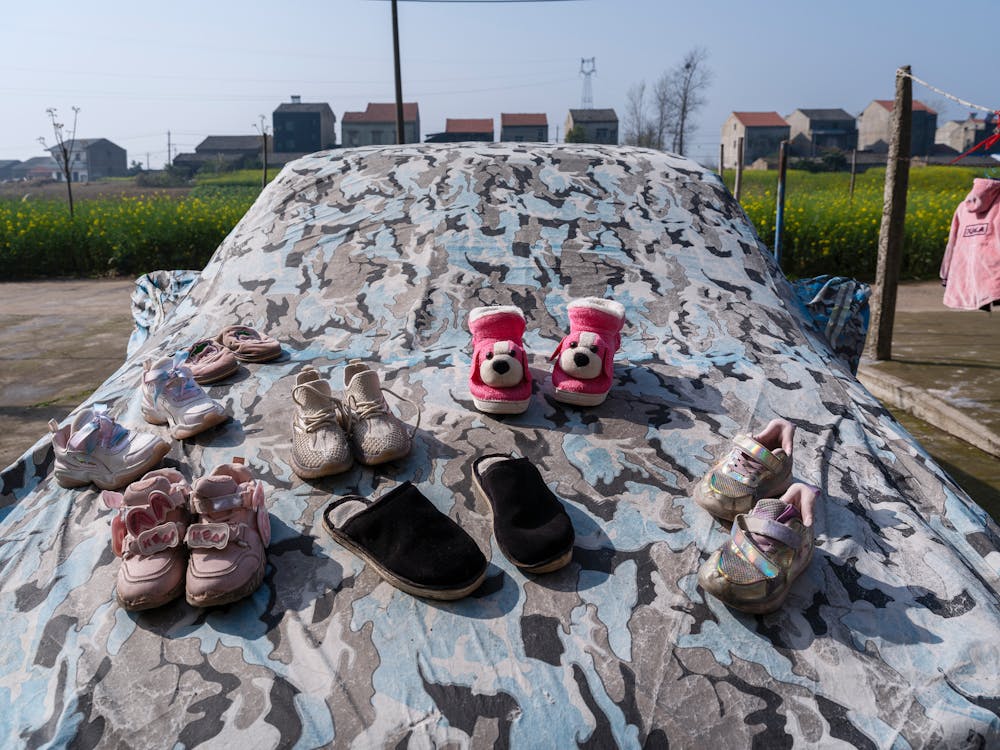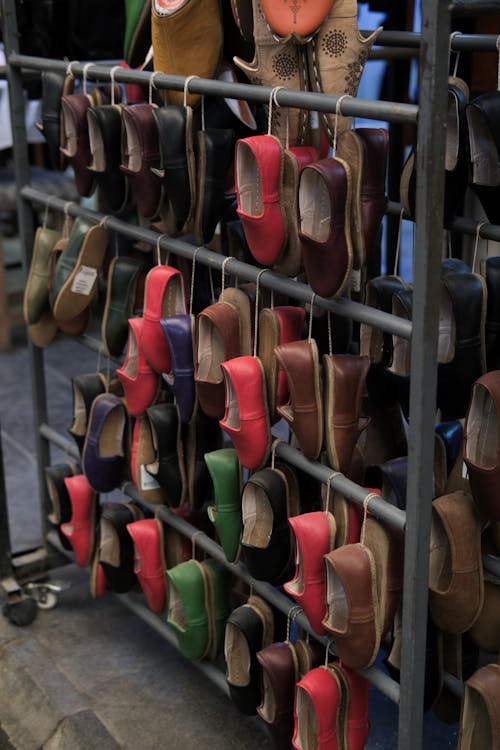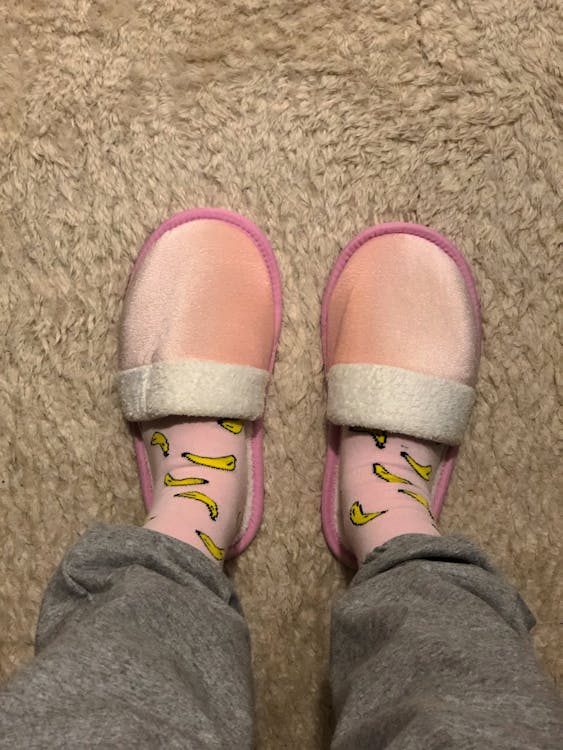Best Children’s Shoes Choosing The Perfect Brand 2024

Children’s shoes are more than just a fashion statement; they are essential for the proper growth and comfort of your child’s feet. Selecting the right footwear can be a daunting task, given the multitude of options available on the market. From ensuring the right fit to selecting the appropriate style for different occasions, every decision plays a significant role in your child’s foot health. This guide aims to provide you with all the information you need to make the best choice for your child’s shoes.
Thank you for reading this post, don't forget to subscribe!
Why Choosing the Right Children’s Shoes Matters
Proper footwear is crucial during the early years of a child’s life. The bones in a child’s feet are still developing, and ill-fitting shoes can lead to discomfort, blisters, and even long-term foot problems. The right pair of shoes provides support, stability, and protection, allowing children to explore their environment safely.
Key Features of Quality Children’s Shoes
When shopping for children’s shoes, it’s essential to focus on the following features:
- Proper Fit: A shoe that is too tight can restrict foot growth, while one that is too loose can cause tripping and falls. Always measure your child’s feet before purchasing and allow for some growth room—usually about half an inch.
- Breathable Material: Look for shoes made of breathable materials such as leather, canvas, or mesh. These materials help keep the feet cool and dry, reducing the risk of fungal infections.
- Flexible Soles: A flexible sole is vital for young children who are still mastering their walking skills. It allows the foot to bend naturally, promoting better balance and muscle development.
- Secure Fastenings: Whether it’s laced, Velcro, or snaps, secure fastenings are crucial in keeping the shoes in place. Velcro is particularly popular for younger children due to its ease of use.
Types of Children’s Shoes

Understanding the different types of children’s shoes can help you make an informed decision based on the specific needs of your child. Below, we explore the most common types of shoes available for children.
Everyday Shoes
Everyday shoes are designed for regular, daily use. They should be comfortable, durable, and versatile enough to be worn with various outfits. Look for neutral colors and designs that can easily transition from school to play.
Athletic Shoes
Athletic shoes are designed to support various physical activities such as running, jumping, and playing sports. They typically feature cushioned soles, good arch support, and durable construction to withstand rigorous use. Athletic shoes are essential for active children who participate in sports or other physical activities.
Dress Shoes
For special occasions like weddings, parties, or formal events, dress shoes are the go-to option. These shoes are typically less comfortable than everyday or athletic shoes but offer a polished and stylish appearance. Look for options with cushioned insoles and sturdy construction to ensure comfort despite their formal look.
Sandals
Sandals are perfect for warm weather, providing breathability and comfort. They are ideal for casual outings or beach trips. When selecting sandals, ensure they have secure fastenings and a comfortable sole to prevent slips and falls.
How to Measure Your Child’s Feet
Correctly measuring your child’s feet is the first step in finding the perfect pair of shoes. Follow these simple steps to ensure an accurate measurement:
- Measure at the End of the Day: Feet tend to swell throughout the day, so it’s best to measure them in the evening.
- Use a Foot Measuring Tool: You can find foot measuring tools online or use a ruler to measure the length from the heel to the longest toe.
- Check Both Feet: One foot is often slightly larger than the other, so always measure both feet and use the larger measurement when selecting shoes.
Tips for Trying on Children’s Shoes
Trying on shoes in-store can be an overwhelming experience for both children and parents. Here are some tips to make the process smoother:
- Bring the Right Socks: Have your child wear the same type of socks they will use with the shoes.
- Check for Comfort: Ask your child to walk around in the shoes and observe their comfort level. Look out for any signs of discomfort, such as limping or complaints.
- Perform the Toe Test: Ensure there is enough room in the toe box by pressing on the front of the shoe to check for space.
Common Mistakes to Avoid When Buying Children’s Shoes

Even with the best intentions, it’s easy to make mistakes when buying children’s shoes. Here are some common pitfalls and how to avoid them:
Buying Shoes Too Big
While it might seem practical to buy shoes a size larger to accommodate growth, this can lead to tripping and improper foot development. Stick to shoes that fit well with just a little extra room.
Skipping Regular Size Checks
Children’s feet grow rapidly, and what fit last month may not fit today. Make it a habit to check your child’s shoe size every few months, especially during growth spurts.
Ignoring the Break-In Period
New shoes often require a short break-in period. Allow your child to wear new shoes around the house before a full day of use to prevent blisters and discomfort.
Maintaining Your Child’s Shoes
Proper maintenance can extend the life of your child’s shoes, saving you money in the long run. Here are some tips to keep them in good condition:
- Clean Regularly: Wipe down shoes with a damp cloth to remove dirt and stains.
- Dry Properly: Allow shoes to air dry naturally and avoid placing them near direct heat, which can damage the materials.
- Replace Worn-Out Shoes: As soon as you notice significant wear or damage, replace the shoes to ensure your child’s feet remain protected and comfortable.
Conclusion
Choosing the right children’s shoes is an investment in your child’s health and comfort. By focusing on fit, material, and purpose, you can ensure that your child has the best footwear for every occasion. Remember to measure regularly, check for signs of wear, and prioritize comfort over style to keep your child’s feet happy and healthy.
